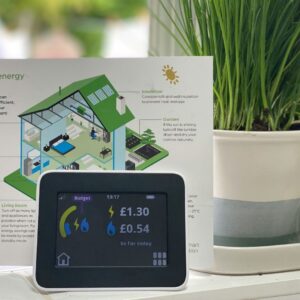
NatWest collaborates with TrueLayer for first ‘live’ VRP transaction
Ellie Duncan | News
15 Dec 2021
European Open Banking platform TrueLayer has made what it claims is the industry’s first Open Banking variable recurring payment (VRP) transactions with UK bank NatWest in a ‘live’ environment rather than a sandbox.
NatWest has built and delivered its VRP API ahead of the Competition and Markets Authority’s (CMA’s) schedule, enabling it to collaborate with TrueLayer to initiate a series of payments of variable amounts and at variable intervals.
In November, the CMA approved a new timeline for the CMA9 to implement VRPs for sweeping services, with the revised deadline pushed back to July 2022, from January next year.
TrueLayer said that its transactions with NatWest have shown that VRPs work as intended before their introduction in 2022.
Matt Parish, product lead for VRP at TrueLayer, said: “VRPs have been discussed for years as a missing part of Open Banking – now we need to test these APIs to be thoroughly prepared and ensure they deliver on their promise for consumers.
“It’s refreshing to see an innovator like NatWest grasp their importance so early on and embrace VRP. We’re proud to have collaborated with them on this important industry milestone.”

NatWest’s Daniel Globerson
Daniel Globerson, head of bank of APIs at NatWest Group, said: “VRP is ground-breaking innovation that has huge potential to benefit consumers and businesses. It demonstrates the value of industry collaboration, which is crucial if Open Banking is going to evolve into Open Finance.”
Under the CMA’s timeline, the CMA9 banks are required to share a “detailed delivery plan for full capability” with the OBIE by January 2022 and be ready to begin TPP testing and validation in the first quarter of 2022.
They must then have completed testing of the VRP standard in a live, controlled environment by TPPs by July 2022.
Parish added: “There is so much potential that can be unlocked with VRP that it would be hugely beneficial for non-CMA9 banks who see the value of building these APIs for their customers, to do so in similar timelines to the CMA9. We view it as just the beginning of an Open Banking revolution.”








